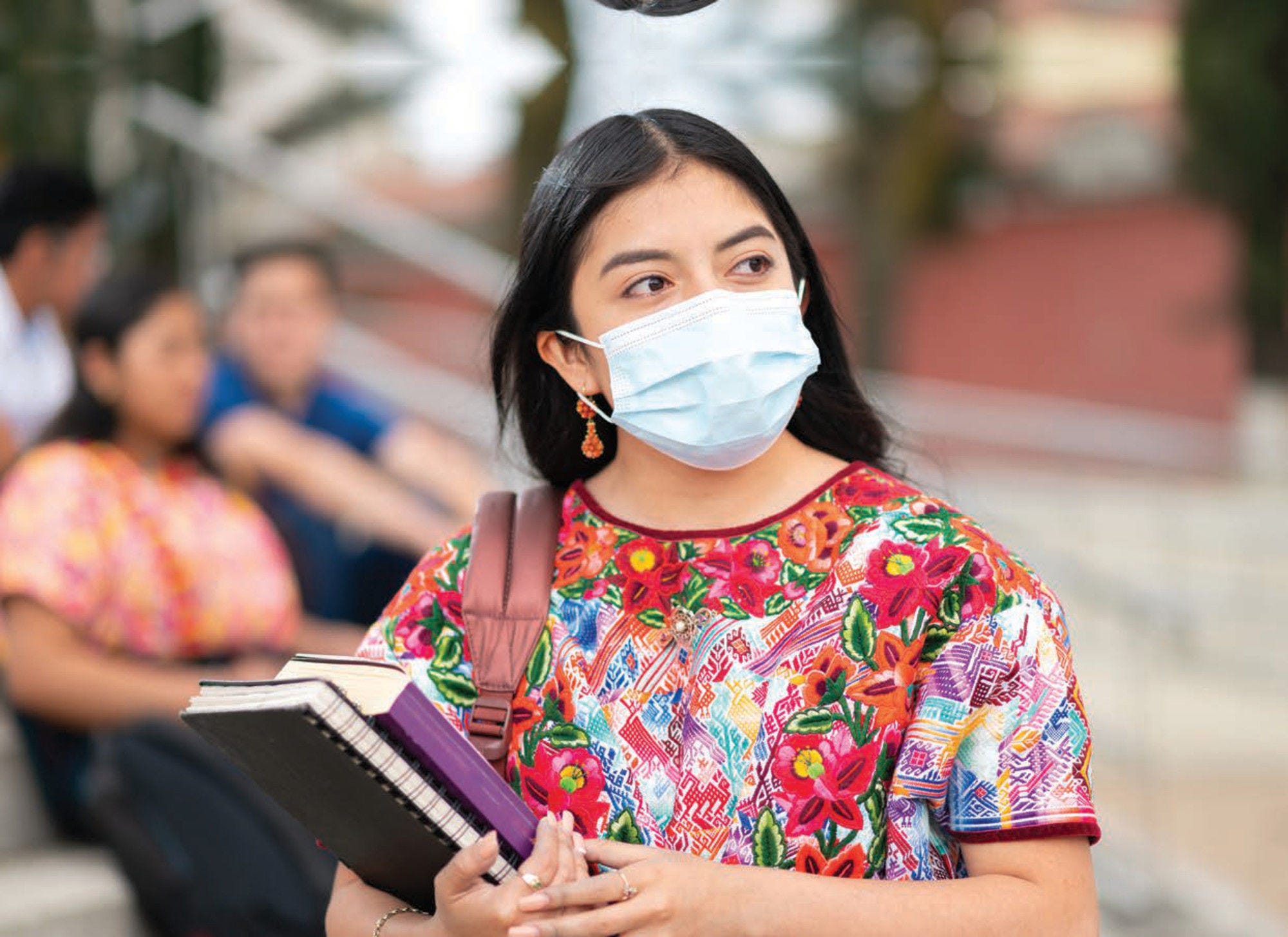Childhood vaccination programmes are one of the most effective and cost-effective health policy interventions (Chan et al., 2017[1]). Consequently, childhood vaccination is central to country’s disease prevention strategy. Vaccines prevent 2 million and 3 million deaths worldwide each year, and an additional 1.5 million deaths could be avoided if vaccination campaigns reached a global scale.
The WHO recommends vaccination coverage for 90% of children for effective prevention against DTP. Despite generally high overall rates, only 11 out of the 33 LAC countries complied with this recommendation in 2021 (Figure 7.1). Likewise, only 9 out of 33 adhere to the target set by WHO for measles vaccination in 2021 (Figure 7.2). In 2018, 12 countries complied with these targets. High national coverage rates may not be sufficient to stop disease spread, as pockets of low vaccination coverage in specific populations and geographical areas can lead to outbreaks. The regional average is 82% and 83% coverage for DTP and Measles, respectively. Down from the average 90% coverage of 2018. Fifteen countries for DTP and 20 for measles have coverage rates over 75% but below the recommended 90%, which, although high, is insufficient to ensure interruption of disease transmission and protection of the whole population. Three countries, Brazil, Venezuela and Haiti, have coverage below 70% for DTP and five countries (Paraguay, Venezuela, Ecuador, Haiti and Suriname) are below this threshold in measles vaccination coverage.
Hepatitis B vaccination is recommended for all children worldwide and reaching all children with at least three doses of hepatitis B vaccine should be the standard for all national immunisation programmes (WHO, 2014[2]). Figure 7.3 shows the percentage of children aged one who are vaccinated for hepatitis B. The average coverage rate is 81% for 2021, 10 base points lower than the OECD average (91%) and below the recommended 90%. Fourteen countries have below 80% coverage and two countries, Venezuela and Haiti are below 60%.
Frequent barriers to vaccination in LAC countries are related to individual or group influences (e.g. beliefs and attitudes, mistrust in the health system, lack of physician recommendation, dearth of official information against misconceptions) and “contextual influences” (e.g. lower socio‑economic and educational status, advanced age, religious and cultural beliefs, fear of adverse events and vaccine misinformation) (Guzman-Holst et al., 2020[3]). Supported by misleading information available to a significant portion of the population, a growing public mistrust in the safety and efficacy of vaccination is an area of concern that should be addressed to strengthen vaccination strategies.



